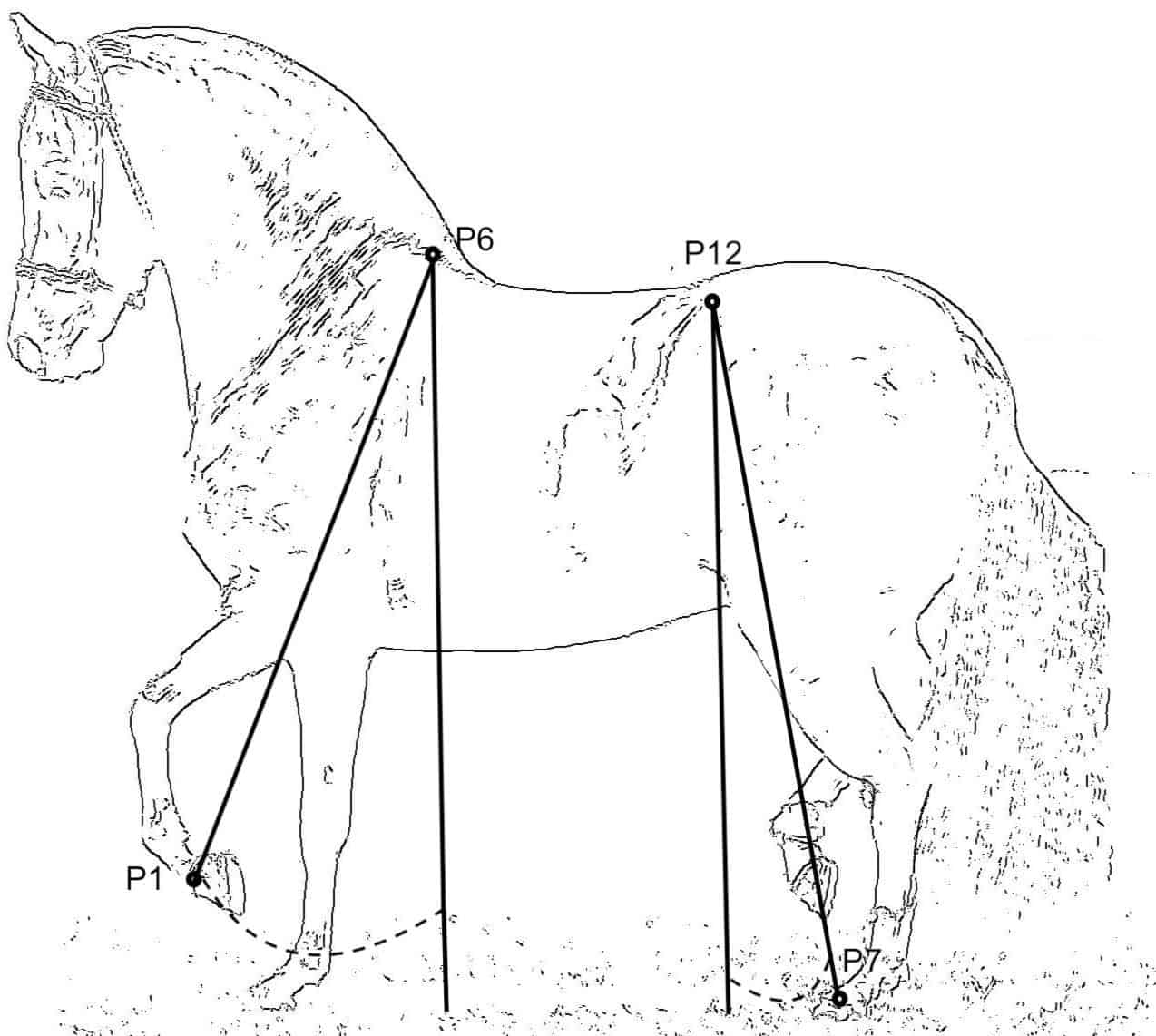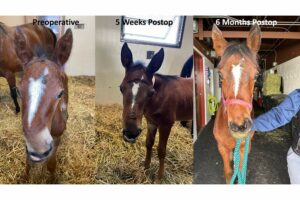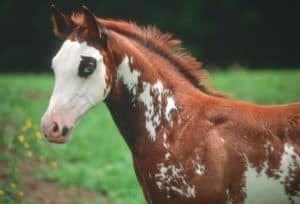Defining Colombian Paso Fino Gaits
- Topics: Gait Patterns, Genetics

However, a new study suggests the trocha isn’t all that genetically similar to lateral gaits in other ambling breeds like Icelandics, Tennessee Walking Horses, and pacers. While the gaitkeeper gene (DMRT3) appears to have some influence, the trocha appears to be coded by additional genes as well, said Miguel Novoa-Bravo, PhD of the National University of Colombia Department of Biology, in Bogotá.
In fact, he and colleagues from the Swedish University of Agricultural Sciences, in Uppsala, found the trocha actually has a diagonal component in it in addition to the lateral one, which might explain why the gaitkeeper gene only has a partial influence.
“The trocha is a lateral sequence four-beat gait, but it’s actually diagonally coupled,” Novoa-Bravo said, adding that the Missouri Foxtrotter’s foxtrot is similar to the trocha. “That means the forelimb hits the ground before the contralateral hind limb. So it has to be considered a diagonal gait, mainly because the time it takes to perform the diagonal movement (opposite fore-hind limb sequence) is shorter than the time it takes to perform the lateral movement (hind-fore limb of the same side)
Create a free account with TheHorse.com to view this content.
TheHorse.com is home to thousands of free articles about horse health care. In order to access some of our exclusive free content, you must be signed into TheHorse.com.
Start your free account today!
Already have an account?
and continue reading.

Written by:
Christa Lesté-Lasserre, MA
Related Articles
Stay on top of the most recent Horse Health news with












